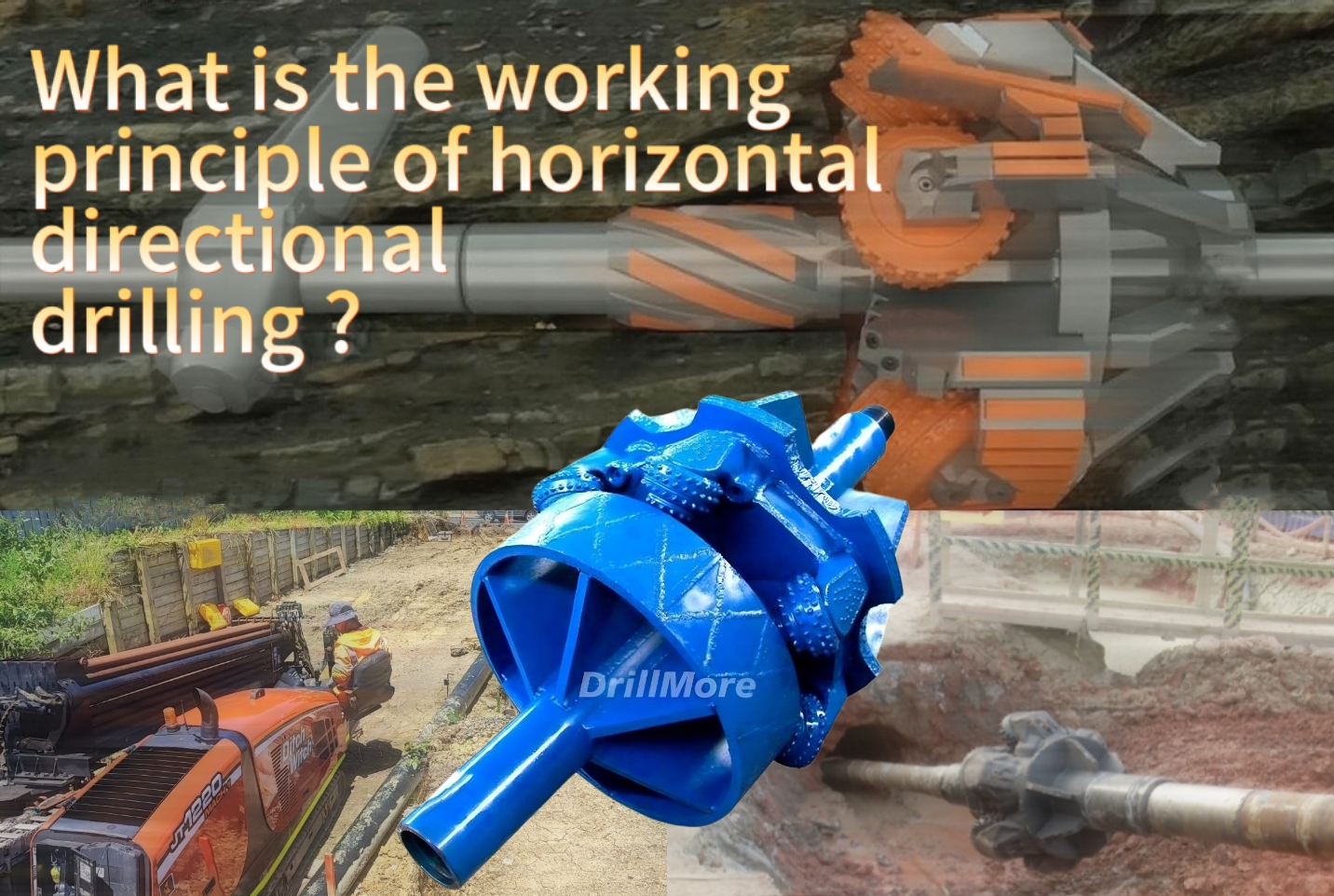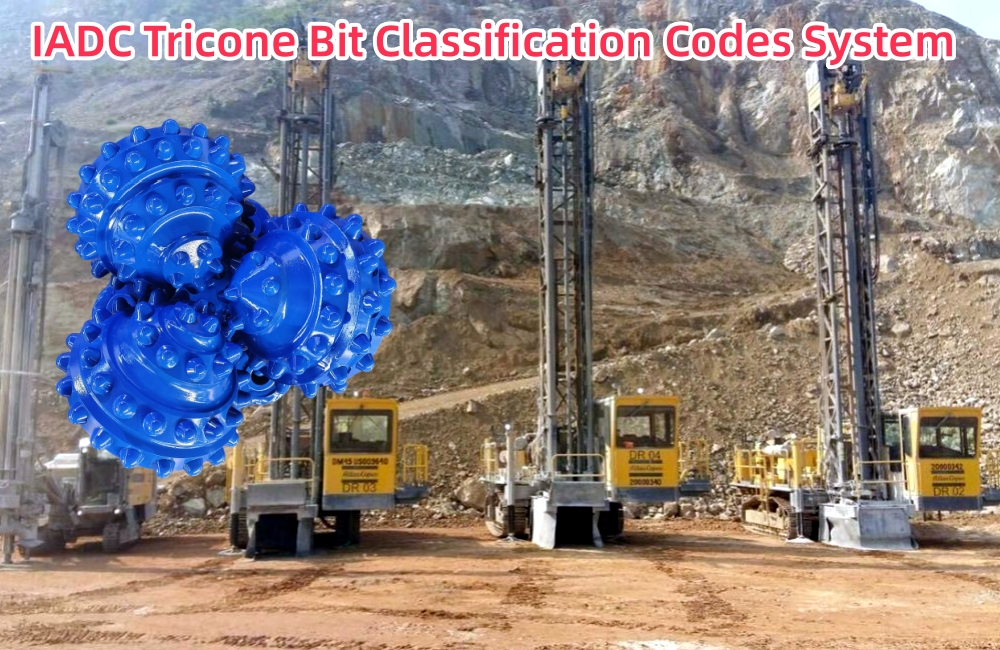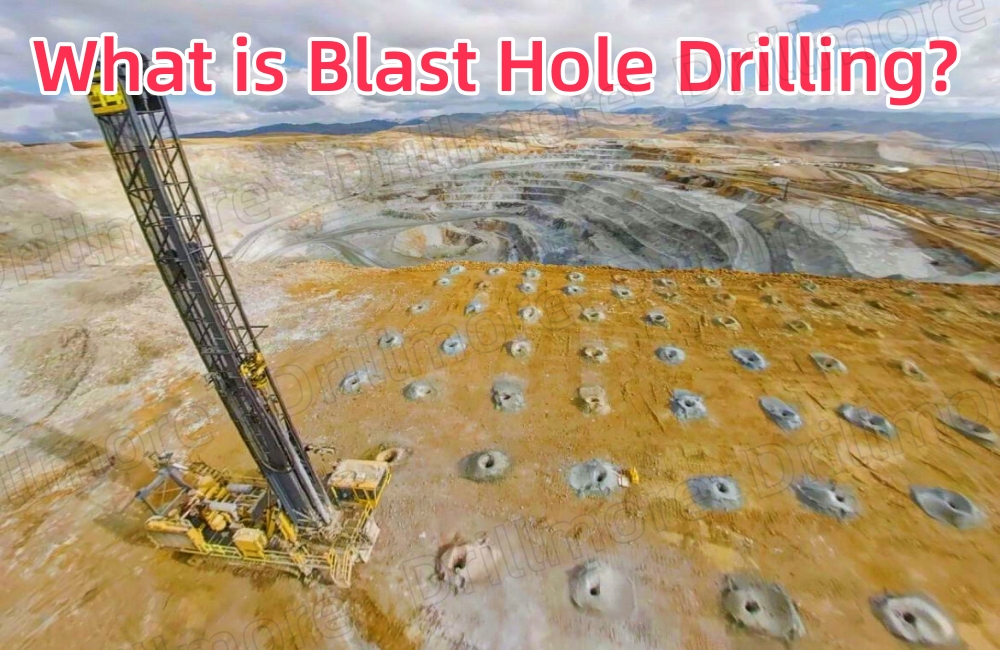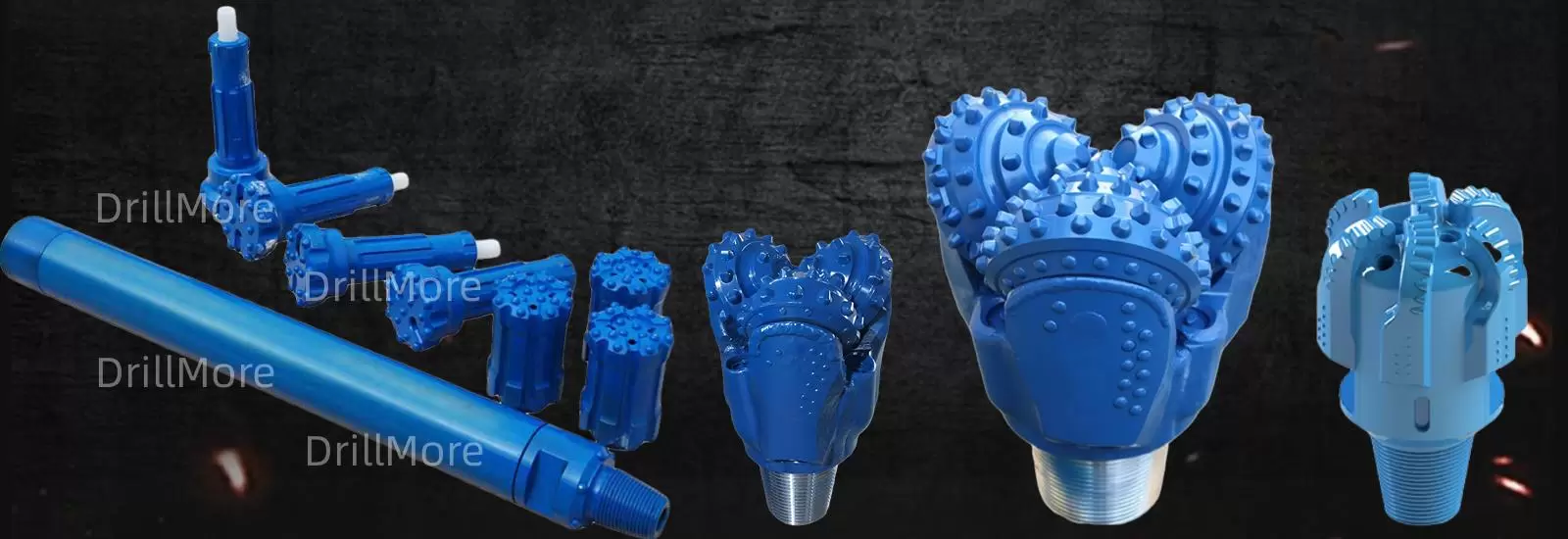What is The Working Principle of Horizontal Directional Drilling ?

Construction Scenario and Traditional Methods
First, imagine such a scenario: suppose there is a wide river in front of you, and a sewage pipeline needs to be laid across the river to the opposite bank. If the traditional construction method of digging trenches or tunnels on the ground is adopted, it will not only involve a large amount of engineering work and take a long time, but also cause serious damage to the surrounding environment. Especially in a crowded city, such a construction method will also cause traffic congestion and bring a lot of inconvenience to the lives of citizens. So is there a construction method that can complete the pipeline laying and avoid these problems? The answer is horizontal directional drilling.
Overview
Horizontal directional drilling, also known as a pipe jacking machine, is a modern construction equipment that integrates multiple technologies such as machinery, hydraulics, electricity, and automatic control. Its working principle is simple and ingenious. By drilling a hole with the same size as the pipeline at a certain depth below the ground surface, and then pulling the pipeline into the hole, the laying of the pipeline is realized. The construction personnel will choose a suitable starting drilling point, which is usually located near the starting point where the pipeline needs to be laid. A mud pit will be set up next to the starting drilling point to store the mud that flows back during the drilling process. The mud plays a crucial role in the drilling process. It can not only cool the drill bit and the screw, but also carry the excavated soil and rock fragments back to the ground. The main part of the horizontal directional drill is a wheeled or crawler-type machine. It can choose a suitable driving method according to the specific conditions of the construction site. If there are electric poles, it will be connected to electricity; if not, a generator has to be used. The machine of the horizontal directional drill is equipped with a hydraulic system inside, which can generate a strong dragging force for pulling the drill pipe and the pipeline.
Drilling
A specially made drill bit is installed at the front end of the drill pipe. Different types and materials of this drill bit will be selected according to different geological conditions. The drill pipe is an important component of the horizontal directional drill. It is connected by sections of screws. Both ends of each section of the screw are threaded to facilitate mutual connection. During the drilling process, the drill pipe will be sent underground section by section until the predetermined depth is reached. You may have noticed a puzzling point here - the drill pipe is straight, but the drilling path may be curved. So how is curved drilling achieved? In fact, the key to this problem lies in the shape of the drill bit and the guiding and positioning device. The front part of the drill bit is not completely straight, but has a slight bend. When a turn is needed, the operator will stop the rotation of the drill bit and then change the direction of the drill bit by adjusting the guiding and positioning device. The guiding and positioning device can obtain the position of the drill bit and soil information in real time and send out signals. The ground personnel hold a receiver and can know the underground situation clearly by following the received signals. Then, the operator corrects the direction of the drill bit by adjusting the guiding and positioning device according to the received information to make it move along the predetermined path. During the drilling process, high-pressure water flow will continuously wash away the soil and rocks to form a borehole. At the same time, under pressure, the mud flows back to the entrance along the pores. The mud is pumped to the upper sedimentation tank by a suction pump. In the sedimentation tank, after the mud is precipitated and separated, the clean water will be pumped back into the screw again to form a high-pressure water circulation system. This system not only ensures the smooth progress of the drilling process, but also effectively reduces the impact on the environment.
Reaming and Pipeline Laying
After the drill bit drill out the ground along the predetermined path, the next work is to pull the pipeline into the hole. Before that, reaming needs to be done, because the screw is too thin and the drilled hole cannot fit the pipeline. At this time, the operator will remove the screw with the drill bit and replace it with a reamer whose diameter is almost the same as that of the pipeline. The tail end of the reamer is connected to the pipeline, and the screw continues to be dragged back by the machine. During the pulling process, the reamer will continuously expand the diameter of the borehole so that the pipeline can pass smoothly. However, as the pipeline grows and its weight increases, the dragging force of the machine alone may not be able to pull it into the hole. At this time, the operator will attach a hydraulic pusher to the other end of the pipeline. This pusher can generate a thrust of up to 750 tons by clamping the pipeline with a rubber ring. Under the combined action of the pusher and the dragging force, the pipeline is finally pulled into the hole smoothly, completing the laying work.
Investor and Application
The genius who invented the horizontal directional drill is Martin Cherrington. He got inspiration from directional drilling in oil fields in the 1970s and applied it to the underground perforation of pipelines. This inventor adopted the construction method of horizontal directional drilling, crossed rivers to lay cables, optical cables, various underground pipelines, and can also be used in the construction of infrastructure such as highways and railways. Its appearance not only solves many problems brought by traditional construction methods, but also greatly improves the construction efficiency and quality.
Your email address will not be published. Required fields are marked with *
















